
NANNING, May 16 (Xinhua) -- Seamstress Fan Wenying's greatest wish is to make beautiful clothes and see celebrities wear them someday.
Although no stars have donned her threads yet, her unique designs are already starting to become popular, particularly among the Jing ethnic group.
Fan, who hails from the city of Dongxing in south China's Guangxi Zhuang Autonomous Region, designs and produces traditional clothes for the Jing, one of China's smallest minority groups.
Dongxing, which is under the jurisdiction of Guangxi's city of Fangchenggang, is located on the China-Vietnam border and is adjacent to the Vietnamese city of Mong Cai.
Fan's ethnic clothing designs are so distinctive that they were added to Guangxi's regional intangible cultural heritage list in 2010, according to Yang Chanming, deputy director of Dongxing's broadcast, film and television bureau for cultural and physical education.
"I think Fan Wenying is weaving the 'China dream' of the Jing people, which is to develop and promote their distinctive culture around the country, or even the whole world," Yang said.
Fan's desire to create clothing took root in the 1970s, when she was just a teenager. At the time, China was under a planned economy and many people were still living in poverty. Fan and her six brothers and sisters did not even have proper clothes to wear during the Spring Festival holiday.
Fan decided to remedy the problem by making clothes for her siblings using discarded clothing. As she became more skillful, she grew bored making plain clothing for her family. In 1987, she left her hometown to study under a Chinese-Vietnamese tailor, who greatly enhanced her skills.
After sufficiently boosting her abilities, Fan opened her first clothing workshop in her hometown. To make her clothing more unique, she closely studied the fashion designs she saw on TV and in magazines, incorporating the styles she saw into her own creations.
Clothing styles were not particularly diverse in China at that time. Fan's innovative designs made a splash in her hometown. Shoppers even came all the way from Mong Cai to purchase her clothing.
But despite her success, Fan was not yet satisfied. She had always wanted to design new clothing for the Jing, as many of them live in her hometown.
The clothing typically worn by the Jing, in her opinion, was a bit dull and plain-looking.
"My mother and friends, all Jing people themselves, had always admired the beautiful clothes of other ethnic groups, which made me determined to improve Jing clothing," she said.
Fan worked hard to create stylish and colorful clothing for the Jing, including clothes based on the "qipao," a traditional Chinese dress that emphasizes women's curves. Once again, Fan's clothing was a hit with the local populace.
In China, more often than not, garment factories use high-tech machines to manufacture clothes. But Fan has always insisted on using her 20-year-old sewing machine.
"Producing Jing clothing is highly demanding, particularly the collar, sleeves and waist. High-tech machines just can't do the job," Fan explained.
But Fan is worried about the survival of her craft, as it is hard to persuade young people to take the time to learn the art. She said most young people prefer to leave her hometown to look for jobs.
"I am now teaching my daughter how to make Jing clothing and I hope she will stick with it so that the craft will be handed down," Fan said.


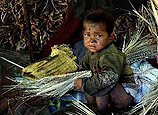
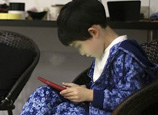
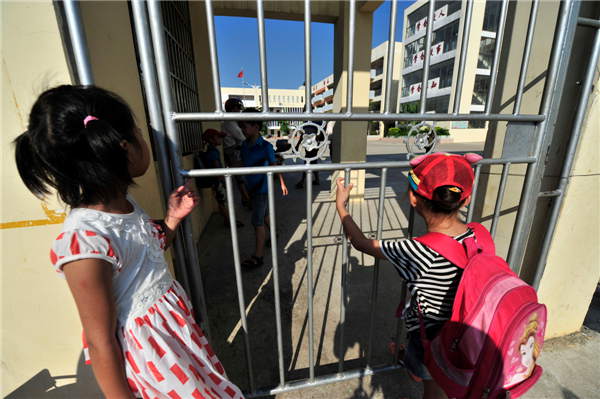


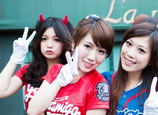

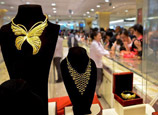






 Deaths prompt concerns over elevator safety
Deaths prompt concerns over elevator safety


![]()
